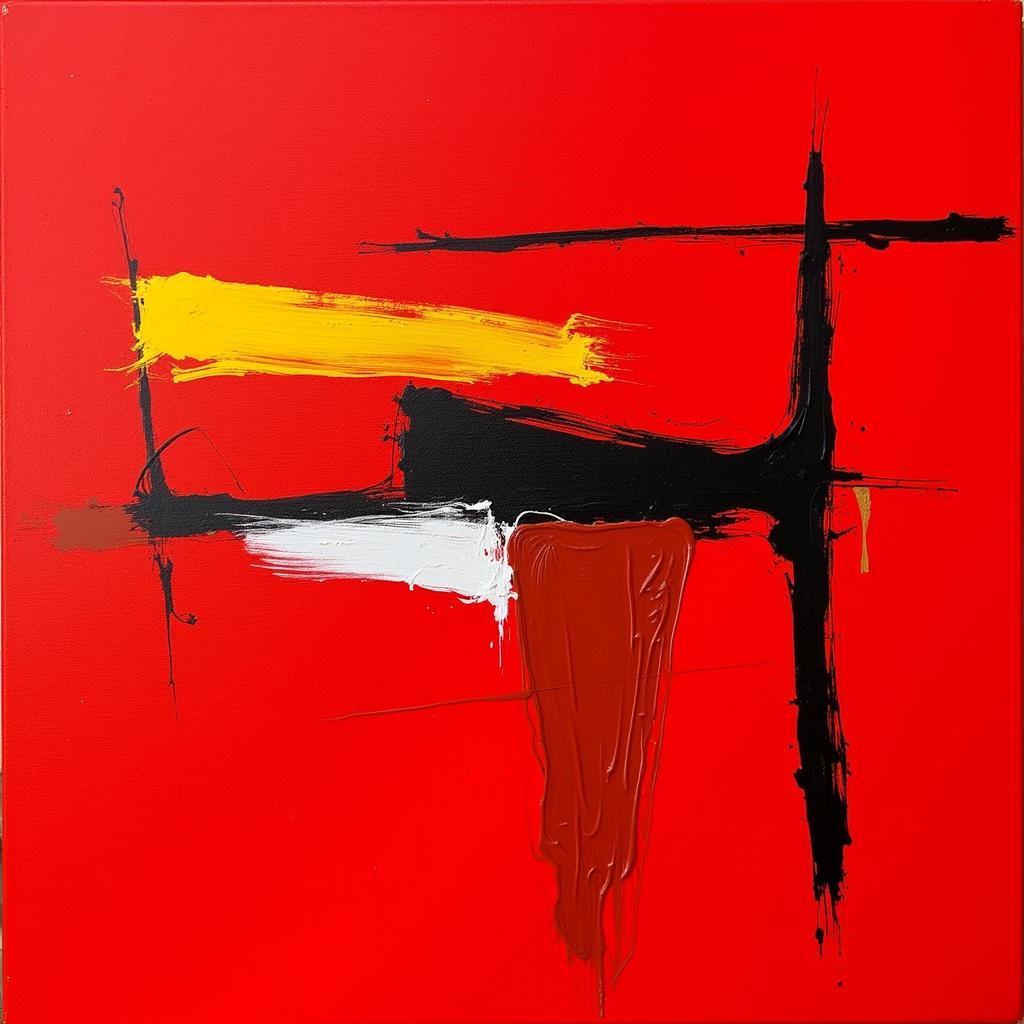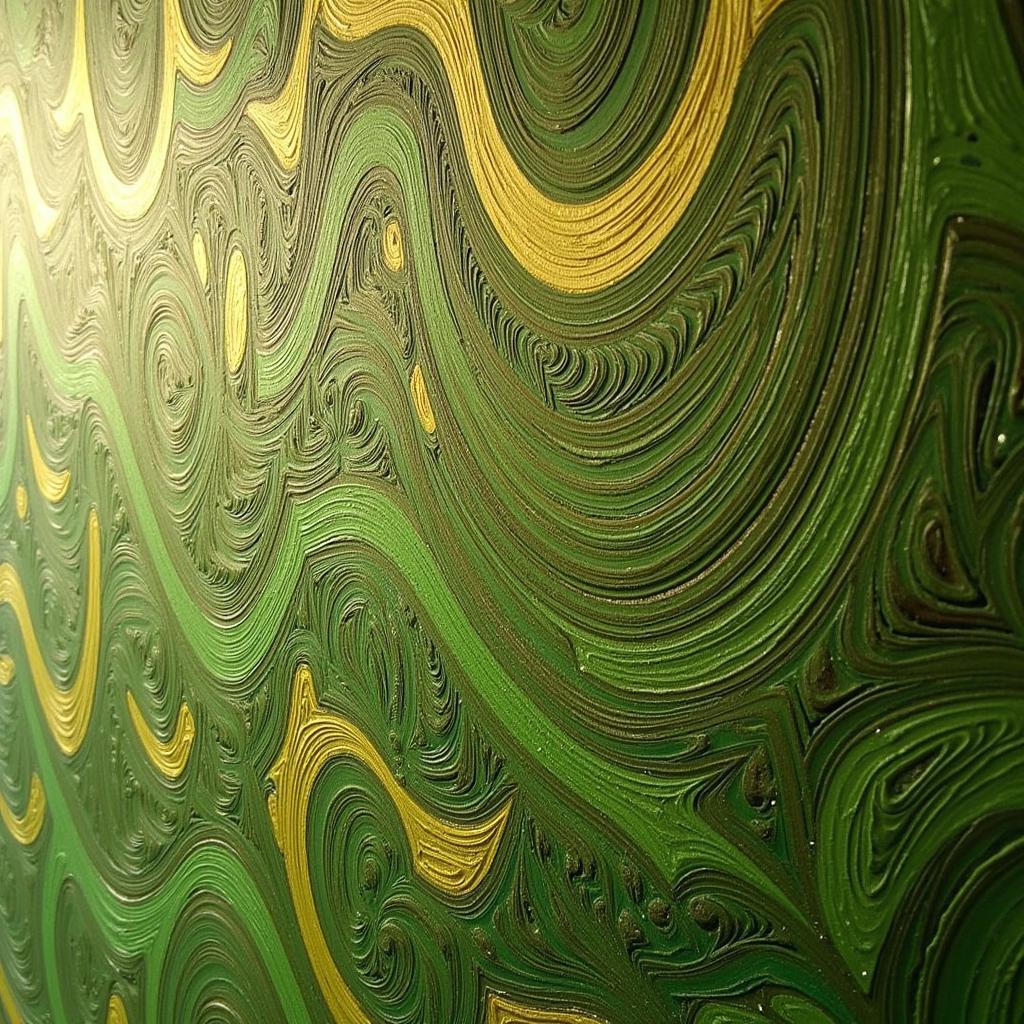Transforming Urban Landscapes: The Art of Manhole Covers
Manhole Art is transforming the mundane into the magnificent, turning overlooked street furniture into captivating canvases. From intricate designs to bold statements, manhole covers are no longer just functional necessities but rather unexpected bursts of creativity in our urban landscapes. Let’s delve into the world of manhole art, exploring its origins, diverse styles, and the impact it has on our cities.
Unveiling the Hidden Beauty: A History of Manhole Art
While the exact origins of manhole art remain somewhat obscure, its emergence can be traced back to practical considerations. Early manhole covers, often simple and utilitarian, gradually evolved as cities began to recognize their potential as a form of public art. Japan is widely considered a pioneer in this movement, with elaborate manhole cover designs appearing as early as the 1980s. This practice quickly spread across the globe, transforming ordinary city streets into open-air art galleries.
What began as a functional necessity has blossomed into a global phenomenon, showcasing the creativity and artistic talent within communities. These small, circular canvases tell stories, reflect local culture, and add a touch of whimsy to the everyday urban environment.
From Iron to Inspiration: Exploring Different Styles of Manhole Art
Manhole art encompasses a wide spectrum of styles, reflecting the diverse cultural influences and artistic expressions found around the world. From intricate depictions of local flora and fauna to abstract geometric patterns and even pop culture references, there is a seemingly endless variety of designs to discover. Some manhole covers feature highly detailed scenes, telling stories of local history and folklore, while others embrace minimalist aesthetics, using simple lines and shapes to create striking visual impact.
The materials used also vary, adding another layer of artistic expression. While cast iron remains the most common material, some artists experiment with different metals, incorporating bronze, brass, or even aluminum into their designs. This adds a unique textural and visual dimension to the artwork, further enhancing its appeal.
More Than Just Decoration: The Impact of Manhole Art on Communities
Manhole art serves a purpose beyond mere decoration. It fosters a sense of community pride, transforming often overlooked urban spaces into points of interest and conversation starters. By showcasing local talent and reflecting cultural narratives, manhole art helps to create a unique sense of place, encouraging residents and visitors alike to engage with their surroundings in a new and meaningful way. Furthermore, manhole art can contribute to local tourism, drawing attention to often-overlooked areas and providing a unique perspective on the city’s identity.
“Manhole art is a testament to the power of creativity to transform the ordinary into the extraordinary,” says renowned urban planner, Amelia Dubois. “It reminds us that art can be found in the most unexpected places, enriching our lives and fostering a deeper connection to the spaces we inhabit.”
Why is Manhole Art Important?
Manhole art offers several significant benefits, transforming urban environments in unique ways. It beautifies city streets, turning functional infrastructure into captivating art pieces. It fosters community pride by showcasing local talent and cultural stories. It also boosts tourism, attracting visitors to explore these hidden gems.
Conclusion: Celebrating the Art Beneath Our Feet
Manhole art is more than just a decorative element; it’s a celebration of creativity, community, and the unexpected beauty that can be found in the most ordinary of places. From its humble beginnings as functional covers to its current status as a global art form, manhole art continues to evolve, inspiring artists and captivating audiences around the world. So, the next time you’re strolling through your city, take a moment to look down and appreciate the art beneath your feet – you might be surprised at what you discover.
FAQ
- What is the purpose of manhole art? Manhole art transforms functional manhole covers into decorative pieces, enhancing the urban environment and reflecting local culture.
- Where did manhole art originate? Japan is widely credited with pioneering the movement, with elaborate designs appearing in the 1980s.
- What are some common themes in manhole art? Themes often include local flora, fauna, history, folklore, and abstract designs.
- What materials are used to create manhole art? Cast iron is the most common material, but artists also use bronze, brass, and aluminum.
- How does manhole art benefit communities? It fosters community pride, boosts tourism, and enhances the aesthetic appeal of urban spaces.
- What is the most famous manhole art in the world? There is no single “most famous,” as it’s subjective, but Japan’s incredibly detailed and diverse designs are highly celebrated globally.
- Where can I find more information about manhole art? Numerous online resources, blogs, and social media groups are dedicated to showcasing and celebrating manhole art worldwide.
For further assistance, please contact us at Phone: 02462573573, Email: danteum@gmail.com or visit us at Savico Megamall, 7-9 Đ. Nguyễn Văn Linh, Gia Thụy, Long Biên, Hà Nội 10000, Việt Nam. We have a 24/7 customer service team.



